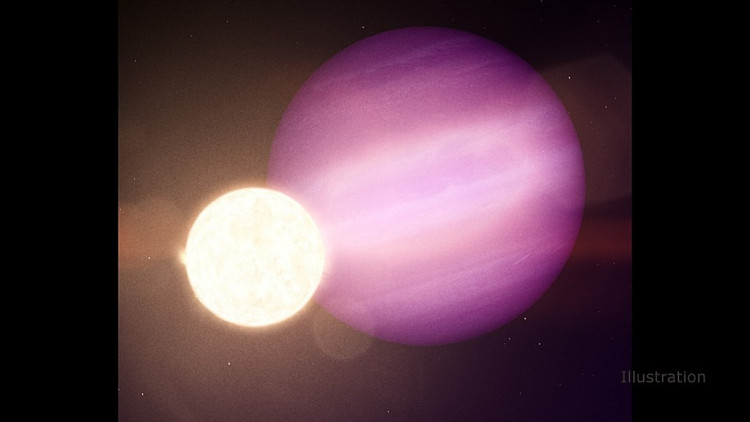One of the youngest planets ever discovered has been discovered by an international research team led by the University of Hawaiʻi at Mānoa.
The new planet was discovered in a "stellar nursery" and formed several million years ago, around the time the main Hawaiian islands emerged from the sea. The planet, known as 2M0437b, was discovered circling a distant, newborn star in 2018.
The findings, which were published in the Monthly Notices of the Royal Astronomical Society, indicate that the planet is "a few times more massive" than Jupiter.
The temperature of 2M0437b is similar to "lava erupting from Kīlauea Volcano," according to the scientists, because it is so young and so hot from the energy released during its formation.
Young planets have previously been discovered by astronomers, but rarely at this age or with such ease.
This is also a once-in-a-lifetime opportunity to see an infant world up close. Researchers will still need to use special optics to compensate for Earth's atmosphere, but they won't need to study the planet using the host star or any other techniques.
The fact that 2M0437b is nearly a hundred times further away from its star than the Earth is from the Sun helps to reduce the odds of interference.
2M0437b and its parent star are situated in the Taurus Cloud, a well-known "nursery" for planets, but because the planet has a much wider orbit than many others in its solar system - it's nearly 100 times farther away from its sun than Earth is - it was difficult to observe without new adaptive optic technology.
The discovery of the planet is very exciting for astronomers because it is easily visible and young, which means scientists will be able to monitor it for many years and learn more about how planets, including Earth, age.
The planet was first discovered by the Subaru Telescope, but it took the scientists three years to follow it down and confirm its connection to its host using the Keck Observatory and other Hawaii telescopes.
Future observations may give more light on the formation of planets. It might not take much longer to find out further information. The scientists thought that the soon-to-be-launched James Webb Space Telescope will aid in the detection of atmospheric gases and newly formed moons. 2M0437b may be important now, but it may become even more so in the future.




